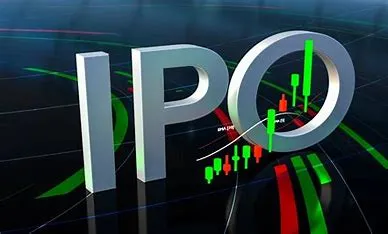Quick commerce has emerged as the preferred mode for daily essentials, with 85% of respondents choosing it for food and grocery purchases, according to a report by Grant Thornton Bharat. While quick commerce dominates this segment, clothing and accessories lead in e-commerce platforms, accounting for 75% of volume sales.
Physical Stores Retain Appeal for High-Value Goods
For premium, high-value purchases, physical stores remain the top choice, with over 50% of respondents favoring in-store shopping. The report attributes this preference to customers’ desire for tactile experiences and quality guarantees, which physical retailers continue to provide.
Despite their appeal, traditional stores face challenges, with 38% of respondents citing limited product ranges as a drawback and 37% pointing to higher prices as a deterrent.
To address these challenges, retailers are increasingly adopting hybrid models, combining the reliability of physical stores with the convenience of digital platforms. These models expand product offerings, ensure competitive pricing, and incorporate delivery options, enhancing customer satisfaction and trust.
Regulatory developments, such as the Data Protection Act 2023, are further bolstering digital retail by fostering a secure and transparent environment for transactions.
Insights on Quick Commerce Challenges and Opportunities
While the quick commerce sector is growing rapidly, it faces significant operational challenges, particularly scalability and profitability issues. The report highlights that high operational expenses, including warehousing and expedited delivery, continue to strain the business model, with delivery costs accounting for up to 70% of gross margins on average orders of ₹300-500.
To address these hurdles, quick commerce and e-commerce platforms must focus on operational efficiency and sustainability. Leveraging AI-driven data analytics for inventory management and optimizing delivery routes can help balance cost and speed.
The report emphasizes the potential of partnerships with local retailers to expand hyperlocal distribution networks. These collaborations can broaden product choices and reduce reliance on central warehouses, improving supply chain efficiency.
Naveen Malpani, Partner and Consumer Industry Leader at Grant Thornton Bharat, remarked, “India’s retail ecosystem is undergoing a pivotal shift as consumers seek a balance between the convenience of digital platforms and the quality assurance offered by traditional stores.”
The report concludes that while quick commerce presents significant growth opportunities, overcoming operational and trust challenges will be key to ensuring long-term success in India’s evolving retail landscape.














